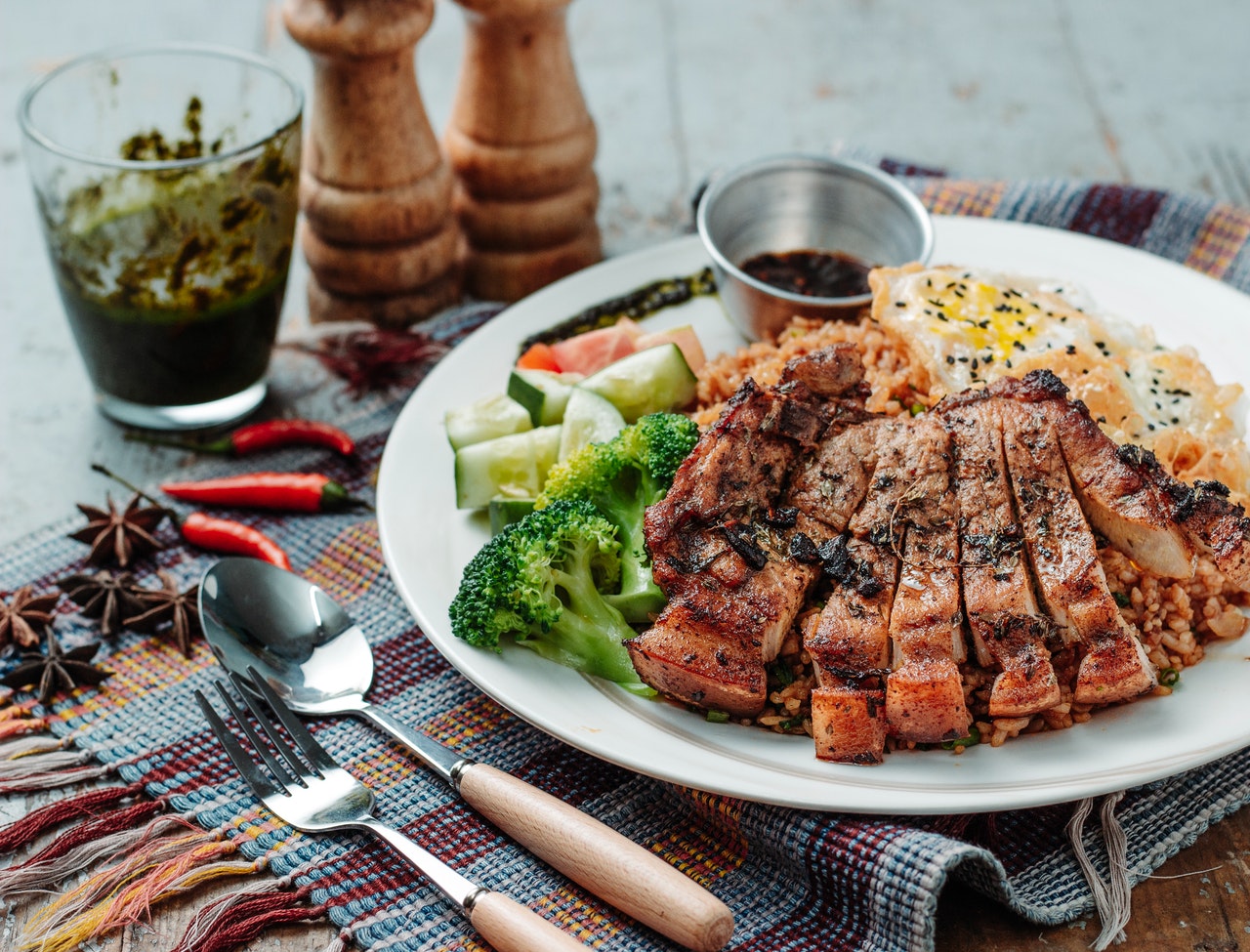Your food is only as good as the photographs accompanying it. Whether you’re a busy restaurateur with limited time and resources or a home cook looking to impress, a fantastic food photo can be worth its weight in gold. Start by understanding what good photos are to take your business further and improve your restaurant’s reputation. If you still feel lost amid the litany of options, read on for tips on taking your restaurant from “cute” to “dining destination.”
Photos represent your brand. Think about it. Of all the food you serve in your restaurant, what statements and emotions are you hoping to convey to your guests? The same goes for your website, print menu, and marketing material. Own it!
Like a logo or a tagline, excellent food photography says: “I’m important” and “I’m here to stay.” Keep that in mind when choosing what shots to take. To put it simply, ensure you’re making the best possible photos of the food your business serves.
There’s no one right way to take a food photo. For starters, think about lighting and background. You’re probably not ideal for food photos if you have a bright room with acres of white walls. Look for windows or other backdrops that aren’t distracting from the food—stacks of books or artwork work well (as do mirrors, which I love).
Once you’ve chosen your background, it’s time to figure out how to light your subject matter. If you have a lot of natural light, this can be as easy as setting your camera to an automatic mode and snapping away. If like me, you’re a renter with no control over your home’s lighting situation, you can buy daylight-balanced bulbs that simulate the color of sunlight. I’ve found that cool white/daylight bulbs are a great starting point for food photos in my apartment.
The one thing that makes or breaks a photo is cropping. Get the best shot possible by photographing the portion of the food you want your viewers to see and then cropping it down. If there are extraneous elements in your photo (say, a knife or fork), consider chopping them out. Besides making your photo look cleaner, cropping allows you to zoom in on more minor details in the picture and make them more noticeable.
Remember that the human eye can only see about 60% of what’s contained in a photograph from arm’s length away, so don’t be afraid to crop up close. You can often get the best shot by focusing only a few inches.
Another easy way to take a professional-looking food photo is to tilt your camera. Use a very slight angle and tilt the camera down, rather than up, to make your subject look more attractive. Just remember that your phone has a built-in camera level, so use it!
Once you’ve taken your shots, make some adjustments to them. With photos taken in natural light, I often adjust my exposure and focus on pulling out more of the colors rather than having a cold, gray photo. A little editing can go a long way, especially if you’re starting with basic shots.
I always want to make my food look as delicious as possible, so I carry some extra dishes, utensils, and garnishes in case I want to add them to my shots. If you want to get fancy, you can take a few extra photos of your garnishes and other foods (or just props) in different lighting setups.
You don’t need expensive equipment—or even equipment—to take great food photos. However, if you want to enhance your food photos, there are things you can buy that make the process easier.
I strongly recommend hiring a professional photographer to get the job done for the best results. My last restaurant was a big success, and I give all credit to the photographer in Orlando that helped us shoot the perfect pictures for our menu and marketing material.
Taking professional food shots may not be as easy as snapping dinner, but they can help enhance your restaurant’s reputation. Remember to start with the best possible shot of your food, then edit it and add props to make it look even better. Hiring a professional is worth every cent if you have a reasonable budget.
After all, presentation is just as important as flavor when it comes to eating—and we’re always going to remember how something looked before we tried it. Keep that in mind when shooting your next dish, and you’ll make sure your restaurant’s menu looks fantastic.













